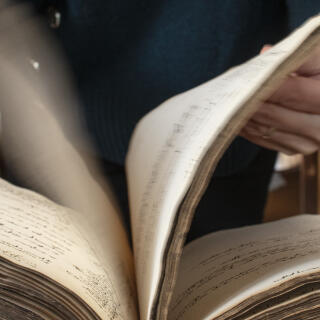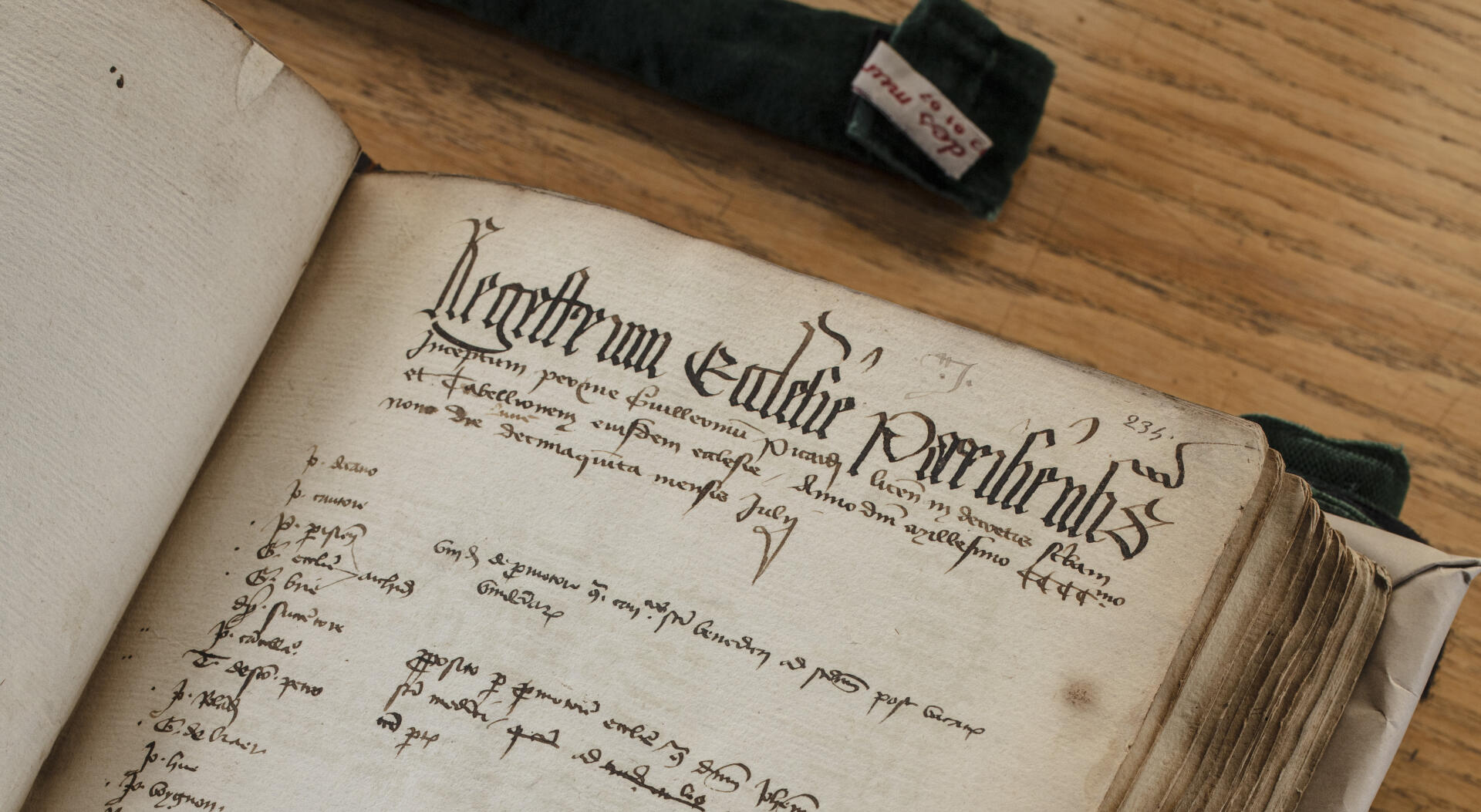


Using artificial intelligence to excavate the memory of Notre-Dame Cathedral
FeatureAn experimental program, developed in a Sorbonne laboratory, makes it possible to browse the deliberations of the chapter's canons throughout the Middle Ages.
"Register of the church of Paris, begun by me, Guillaume Picard, bachelor of law, scribe and tabellion of said church. The year of our Lord 1409, Thursday, 15 July". There's something moving about looking at the gothic serifs on the thick manuscript kept six centuries ago by this canon of Notre-Dame Cathedral, carefully opened on a table in the National Archives. It resembles, in Latin, a compilation of session reports as they would be kept today. With details of the decisions taken and a list of the canons who paid for these "boards of directors of the chapter," in the amused words of historian Darwin Smith.
In all, 170 volumes of deeds were recovered by the National Archives after the Revolution in 1790. It's a mine for research. But until now, deciphering flies, abbreviations, stained paper or parchment has been a time-consuming task for palaeographers. By putting Notre-Dame Cathedral back in the spotlight, the fire of April 2019 has changed the game and offered historians a leap through time and space: An artificial intelligence program is now capable of deciphering these acts with an accuracy rate varying from 88% to 94% depending on the registers, claim the developers.
Coordinated at the Sorbonne's Laboratoire de Médiévistique Occidentale de Paris (LaMOP) by Julie Claustre (now a university professor at Paris-Cité) and Smith, director of research emeritus, the "e-NDP" project has so far focused on the first 26 volumes, whose 14,600 pages cover 1326 to 1504, in other words, the medieval period in the classical sense of the term.

Restoration was the first stage of this experimental program. Eight volumes needed to be restored due to stains, humidity and wear and tear. The second step was digitization. Finally, the machine had to be "trained," using what are now classic HTR (handwritten text recognition) techniques, but adapted to these texts themselves, because handwriting changes over time, according to canons and eras.
Get a reliable algorithm
At first, you get the impression that the notes were taken during meetings. Later, the minutes are clearly copied cleanly, more regularly and without erasures, physically isolating the different parts of each page and visually sorting out lists of canons, juxtaposed texts and annotations in the margins. It was necessary to go through the process eight times, with some 15 historians checking the results obtained on different extracts, in order to fine-tune the process and obtain a sufficiently reliable algorithm. The result: "Five million words in which we can do structured searches. It's amazing," said Claustre. "Now we know it works, we can track people and functions. We can also search precisely for a word or a theme."
You have 65% of this article left to read. The rest is for subscribers only.
